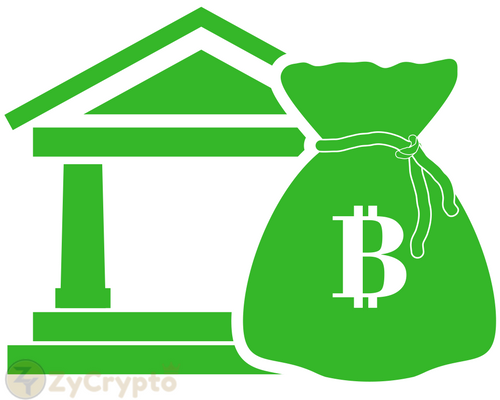A strategist from the St Louis Federal Reserve Bank has stated that Bitcoin is more like a regular currency than you may expect.
Christine Smith, a strategist, recently gave a string of reasons why Bitcoin is no different from a regular currency. She made the statement with the added insight that Bitcoin may appear less exotic from a banker’s perspective.
The statement was delivered in a post titled “Three ways Bitcoin is like regular currency”. The federal reserve bank recently published articles that criticised Bitcoin and pointed out the ongoing issue of money laundering with digital currencies.
Smith refuted the claim that Bitcoin has no intrinsic value by pointed out that currencies like the US dollar have no intrinsic value either. She reasoned that the US dollar is printed on a form of paper money that is cheap to make.
Another feature of Bitcoin is its scarcity of supply as there is only 21 million BTC in total. Smith pointed out that a big part of the federal reserve is in maintaining scarcity of a regular currency so that the value is not undervalued.
Smith also pointed out that contrary to popular opinion the federal reserve does not print money but just increases/decreases the monetary base. There is currently around $1.63 trillion in the US currency today.
The similarity in scarcity between Bitcoin and US dollars is not without limits because a central bank has the ability to boost supply if there appears to be a need to do so. Bitcoin on the other hand is less able to tweak its supply as a regular currency can.
The role of scarcity according to Smith is extremely important because an unlimited supply of currency would devalue its monetary value. Smith reasons that the value of currency is in relation to how much of that currency is available at the time.
Both Bitcoin and the US dollar seem to operate under similar assumptions about monetary value and have more in common than one may think.
Advertisement






